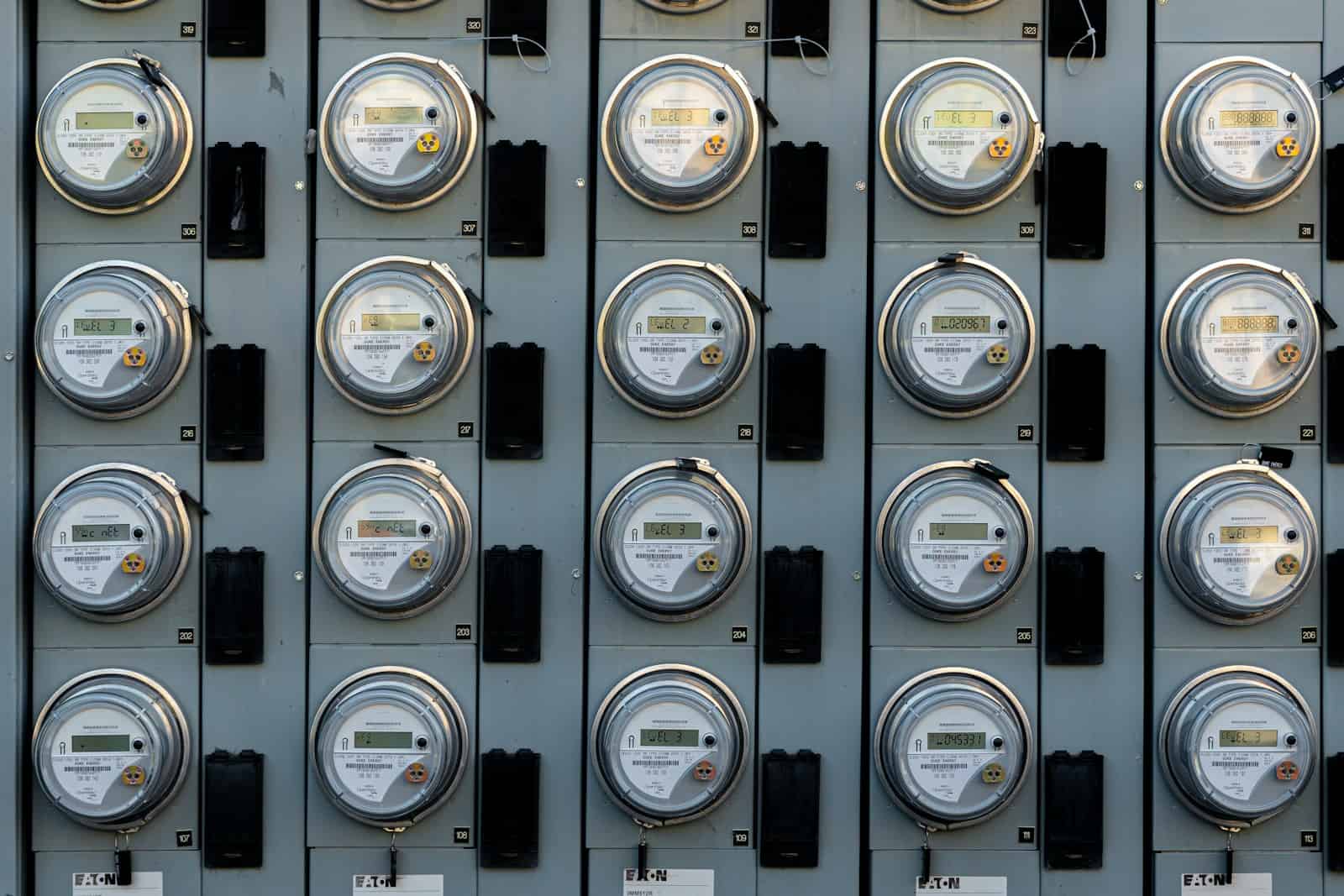Electric meters are essential tools for measuring how much electricity a household or business uses. Understanding how they work helps users keep track of their energy consumption. An electric meter records the amount of electricity you use in kilowatt-hours, the standard unit of measurement for electrical energy. Utility companies rely on this measurement to bill customers accurately for the power they have consumed.
A typical electric meter has a series of dials or a digital display that utility workers or homeowners can read to see how much energy has been used. Advancements in technology have introduced smart meters that offer real-time data and can send information directly to the utility company. This helps avoid the need for manual readings and provides more detailed information about energy usage patterns.
How Electricity Is Metered in the Modern Age
The way electricity is metered has undergone a significant transformation over the past decade. Gone are the days when a meter reader would visit homes to jot down numbers from analog dials. Today, the shift to digital, automated, and intelligent metering systems is not only changing how electricity is measured but also reshaping how consumers interact with their power usage and bills. Below, we’ll break down how the system works now, where it’s headed, and what it means for your monthly statement.
Smart Meters: The New Backbone of Energy Monitoring
Most major utilities are now replacing traditional electromechanical meters with smart meters — digital devices that automatically record electricity usage in intervals and transmit that data directly to the utility. These meters don’t just measure how much electricity you use; they also capture when you use it. That means utilities can offer time-of-use pricing models, where electricity rates vary depending on demand throughout the day.
For consumers, smart meters offer near real-time insights into usage. This transparency makes it easier to reduce unnecessary consumption, identify high-usage appliances, and adjust behavior accordingly. For utilities, it dramatically reduces the need for manual readings and helps with faster outage detection and restoration.
Key Benefits of Smart Metering
- Remote Monitoring: No need for manual readings — data is sent wirelessly in near real-time.
- Time-of-Use Rates: Encourages energy usage during off-peak hours to reduce costs.
- Faster Outage Response: Utilities can pinpoint outages and respond more quickly.
- Detailed Billing: Consumers get access to usage trends and analytics through online portals or apps.
Prepayment and Digital Billing Systems
Another evolution in billing is the rise of prepayment systems. These work similarly to prepaid mobile plans — you pay for electricity in advance, and your meter tracks how much you’ve used. While they offer great control for budgeting, they’ve also come under scrutiny for billing inaccuracies and delayed refunds. Utilities are being pushed to ensure these systems work flawlessly, especially for vulnerable customers who rely on them the most.
Meanwhile, digital billing platforms have become more sophisticated, enabling customers to track usage, pay bills, and even report outages through mobile apps or web dashboards. This integration streamlines the customer experience and provides utility companies with more granular data to manage supply and demand.
The End of Legacy Systems: Phasing Out Old Tech
Some customers still rely on legacy systems like Radio Teleswitch Service (RTS) meters, which were once used to toggle between peak and off-peak tariffs via radio signals. These are now being phased out, as the infrastructure supporting them is no longer reliable or efficient. Consumers with these meters are being urged to upgrade before critical support ends. Failure to do so may result in inaccurate billing or even a loss of favorable tariff rates.
Billing Accuracy and Consumer Protections
As metering technology advances, regulators are clamping down on billing practices. Inaccuracies, delays in final billing, or failure to issue refunds are no longer tolerated. Utilities are now expected to maintain rigorous accuracy standards and respond to customer issues promptly. With smart meters, there’s less room for error, but also less tolerance for mistakes.
Energy ombudsman services in many regions have reported rising complaints, but also noted that many of these stem from outdated meters or poor transitions to smart infrastructure. The challenge lies in upgrading systems without disrupting service — something that requires both investment and careful planning.
What This Means for You
If you haven’t yet been upgraded to a smart meter, chances are you will be soon. These meters are becoming the standard for both residential and commercial properties. For most consumers, the shift brings increased billing transparency, more control over usage, and potential savings if you adjust behavior based on real-time data.
However, the move also comes with a learning curve. Understanding how your usage patterns influence your bill is now more important than ever. Those on time-of-use plans will need to rethink when they run major appliances, charge electric vehicles, or heat water to maximize cost efficiency.
Looking Ahead: Integration with Renewable Energy
As the energy grid incorporates more renewable sources like solar and wind, smart metering becomes even more critical. These meters help utilities manage fluctuating supply and demand in real time. For households with rooftop solar, smart meters can track both energy consumed and energy exported back to the grid, enabling net metering and more complex billing structures.
Eventually, this technology will tie into broader “smart grid” systems that use AI and predictive analytics to balance loads, reduce outages, and make the entire energy system more resilient. As we move toward this future, the humble electricity meter has become one of the most important devices in the modern home — quietly tracking, adjusting, and communicating in ways that help power the entire system more efficiently.
Key Takeaways
- Electric meters track electricity use in kilowatt-hours.
- Utility billing is based on the consumption recorded by these meters.
- Technological advancements have led to smart meters that provide detailed usage data.
Understanding Electric Metering and Billing
Electric meters are key in tracking the amount of power a home or business uses. Utility companies use these readings to bill customers accurately.
Fundamentals of Electric Meters
Electric meters are devices that measure how much power a building uses. Homeowners and businesses rely on these readings for billing purposes. All meters record electricity in watt-hours (Wh) or kilowatt-hours (kWh), where one kWh equals 1,000 Wh.
Measuring Energy Use
The energy use of appliances impacts the reading on the power meter. To measure this usage, consumers can view the meter, which displays the kilowatt-hours. This allows them to track their energy consumption over time.
Types of Meters and Technology
Meters come in several forms:
- Analog meters use dials.
- Digital meters show numbers on a screen.
- Smart meters provide real-time data through a communication chip.
Each type records energy use differently and offers various levels of detail about consumption patterns.
Billing and Charge Calculation
Power companies bill customers for the total kWh used during a billing period. Rates can vary based on the time of day or the amount of power used. Time-of-use rates change with demand, and demand charge rates apply when consumption peaks.
Additional Metering Features
Smart meters offer extra features like:
- Remote reading through radio signals
- Detailed reports on usage
- The ability to integrate with the smart grid
These features can help promote energy savings by giving detailed feedback to consumers about their energy consumption.
The section provides information about various types of electric meters and how they contribute to effective billing and energy usage tracking. It clarifies how energy is measured, the technology involved, and how this translates into billing. The section also touches on additional features of modern meters that assist in energy management and saving.







